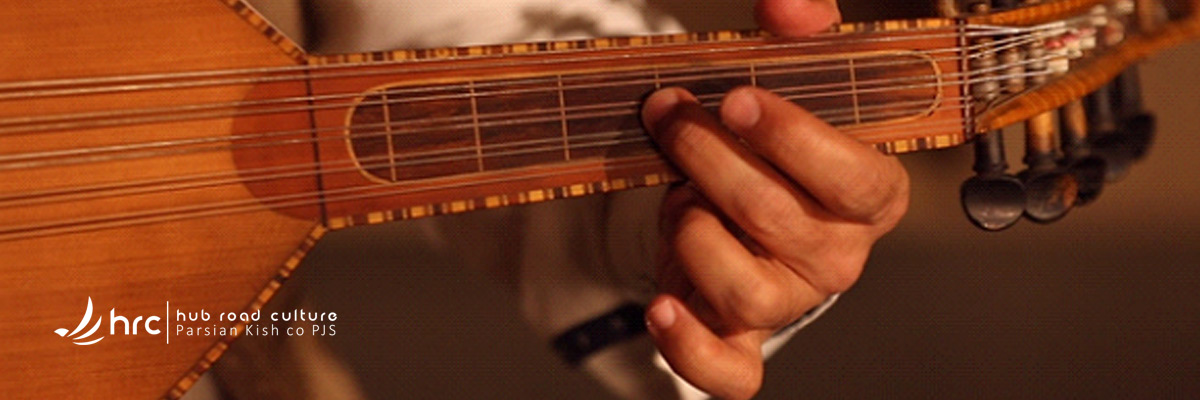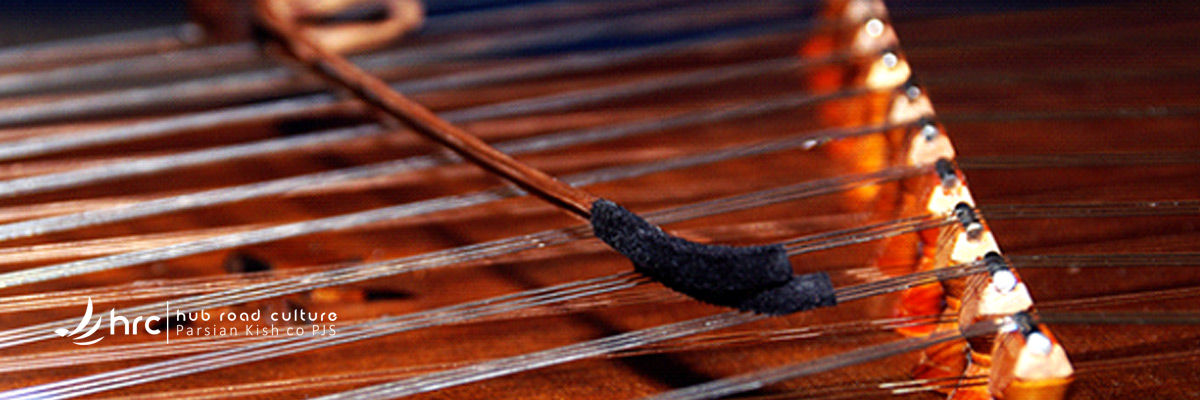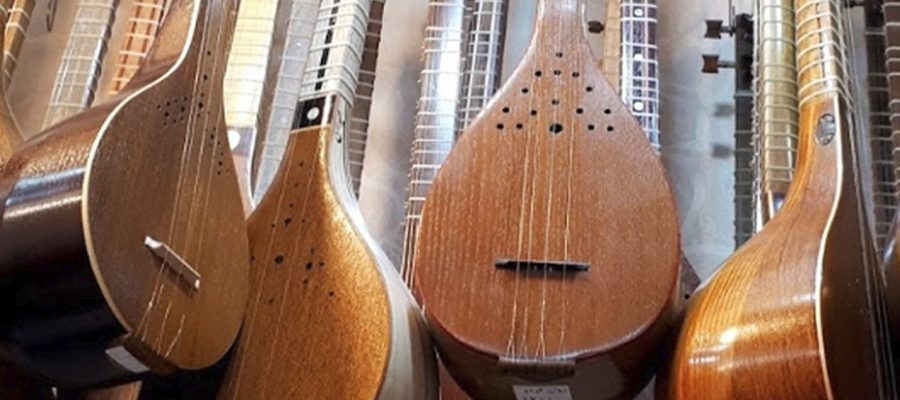History
Actually, archaeological evidence shows that Iranians used musical instruments even during the Elamite era, i.e. 800 BCE. Traditional music of Iran is an expression of love, joy, sorrow, struggle and effort during the victories and defeats experienced over time. The interesting point is that although Iran has been invaded by foreigners during the history, this Persian traditional music still remains unchanged.
Spreading out
Iran Traditional Music Instruments can be broadly classified into three categories: classical, western and folk. Most of Persian musical instruments spread in the former Persian Empires states all over the Middle East, Caucasus, Central Asia and through adaptation, relations, and trade, in Europe and far regions of Asia. In ancient era, the Silk road had an effective role in this distribution.
Forms
Iran Traditional Music Instruments or Indigenous instruments used in the traditional music include:
• string instruments such as: the chang (harp), qanun, santur, rud (oud, barbat), tar, dotar, setar, tanbur, and kamanche,
• wind instruments such as the sorna (zurna, karna), ney, and neyanban, and
• percussion instruments such as the tompak, kus, daf (dayere), naqare, and dohol.

Top famous Persian Traditional Music Instruments:
1. Daf
One of the most ancient and famous Iran Traditional Music Instruments in Asia and North Africa is Daf, referring to round single-headed frame drum connected with oriental cultures, which has a great association with Sufi rituals.
The size of the daf drum varies between 50 and 60 cm in diameter and 5-7 cm in depth; the frame of which, is usually made of hardwood and there are many metal ringlets attached to it. Though other skin types are used for the membrane; like the skin of cow, goat and horse; it is usually fish skin. There are also dafs of tenuous version 51 cm in diameter and 5 cm in depth, which are famous as female daf drums.
2. Kamanche
Kamanche, one of Iran Traditional Music Instruments with a bowed spike fiddle, contains 4 metal strings; the body of which, is formed of a wooden hemisphere, as big as a viola. The odd point is that Kamanche’s bridge runs diagonally across its membrane and depending on different regions of Iran, its tuning also varies. For example in Tehran, Kamancheh is tuned just like a Violin: G, D, A, E.
Many believe that the fourth string of Kamanche was added to it in the early 20th century, just due to introduction of violin to Iran.
3. Nay
It is in fact the knotgrass reed as another Iran Traditional Music Instruments with 5 holes in front for fingers and one thumbhole in the back and a 40 to 80 cm long. This instrument has a range of two and a half octaves; the sound of which, is made when a stream of air goes through the nay, directed by the tongue. This is the only wind instrument in the classical Persian orchestra, but its melodic and rhythmic resources fit it equally for solo performance.
Various popular forms of the Iranian ney are known, made of wood, reed or metal and with various vernacular names, for example the Baluchi nel, Turkmen tüydük and Kurdish shimshal.

4. Dotar
Dotar, meaning “two strings”, is a member of long-necked lutes family of Iran Traditional Music Instruments; which also exists in Central Asia, the Middle East and also north east of China. But in Iran, mainly artists from northern parts and east of Khorasan province play Dotar.
There are two kinds of woods used in this Persian music instrument. A single block of mulberry wood is used the pear shaped body of Dotar. And for the neck, artists use either apricot or walnut tree. Dotar is tuned in 4th or 5th intervals.
5. Santur
One of the famous and popular Iranian Traditional Music Instruments, which nowadays is greatly used by Youngers too. It is a zither in the form of shallow regular trapezoidal box with two small rosettes on the top, that helps to amplify the sound produced. Containing 72 strings arranged in groups of four; all of which, are supported in a small wooden bridge, used to give Santur a range of 3 octaves.
6. Tonbak
A large wooden goblet drum with a goatskin head that maybe is the most popular one amid Iran Traditional Music Instruments. The difference between Tonbak and other goblet drums is that this instrument produces lower-pitched and softer tines.
7. Setar
The ancient Tanbur of Per-Islamic Persia, considered as the ancestry of the Setar, that literally means “three strings”, though nowadays it has 4 (2 of them are steel made, and 2 brass made). From among Iran Traditional Music Instruments, this one is made of thin mulberry wood, with 25 or 26 adjustable gut frets on its fingerboard, an average 85 cm length, 20 cm wideth and15 cm depth. Setar is the preferred musical instrument for Sufis, because of its delicacy and sonority. This is the primary melodic instrument of the Sufi mystics and so has a special, spiritual meaning beside daf and ney.During solo performances, the listener relates to the sound of the setar as if hearing the player’s own voice.
8. Tar
If the setar represents the internal personal side of Iran Traditional Music Instruments, the tar is its expansive, outspoken younger brother.
The most developed instrument in Iranian music with the most advanced acoustics, tar therefore has a wide tonal vocabulary, making it a demanding instrument to play.
The two-part sound box (usually carved from a single piece of wood) gives the tar volume and tonal clarity. Unlike most other stringed instruments, the tar has a skin stretched over the open face of its sound box like a drum. It has six strings positioned in three pairs which are struck with a mezrab (plectrum).
This gives the sound of the tar a ringing sonority which conveys the message of its music clearly and confidently.
9. Tanbour
This ceremonial and religious instrument of ancient Iran Traditional Music Instruments refers to various long-necked, fretted lutes with some holes on the top. The number and position of these holes can vary from one maker to the other. Tanbours of the Goran region have usually 13 frets and the ones from the Sahne region mostly 14 frets.
Gahvare is now a tanbour making town; in which, many people are great tanbour makers. It is a town, where the making of tanbour has its roots and tradition and especially the tanbours of Ostad Khodaverdi are now the most important patterns for striped body tanbours.

